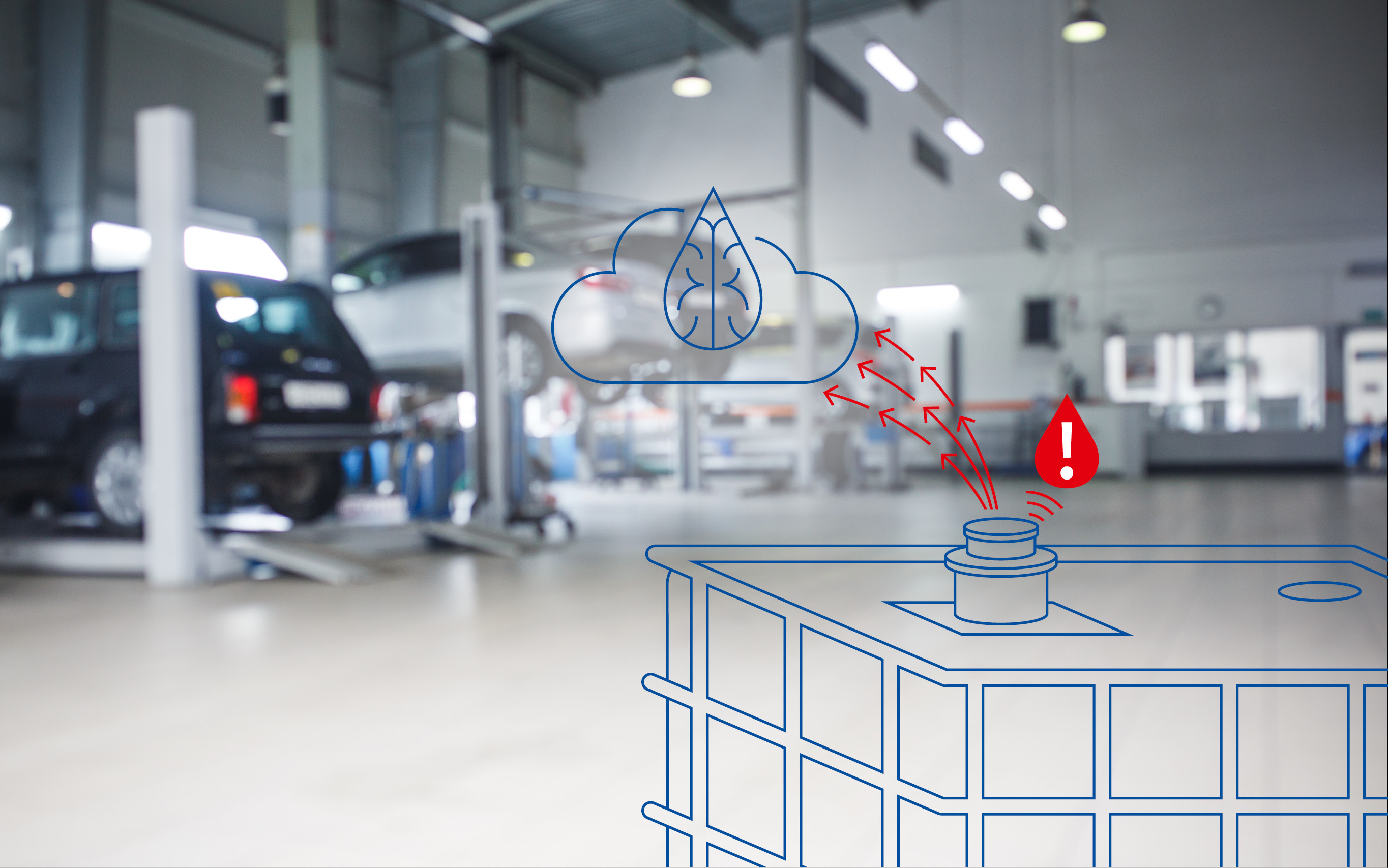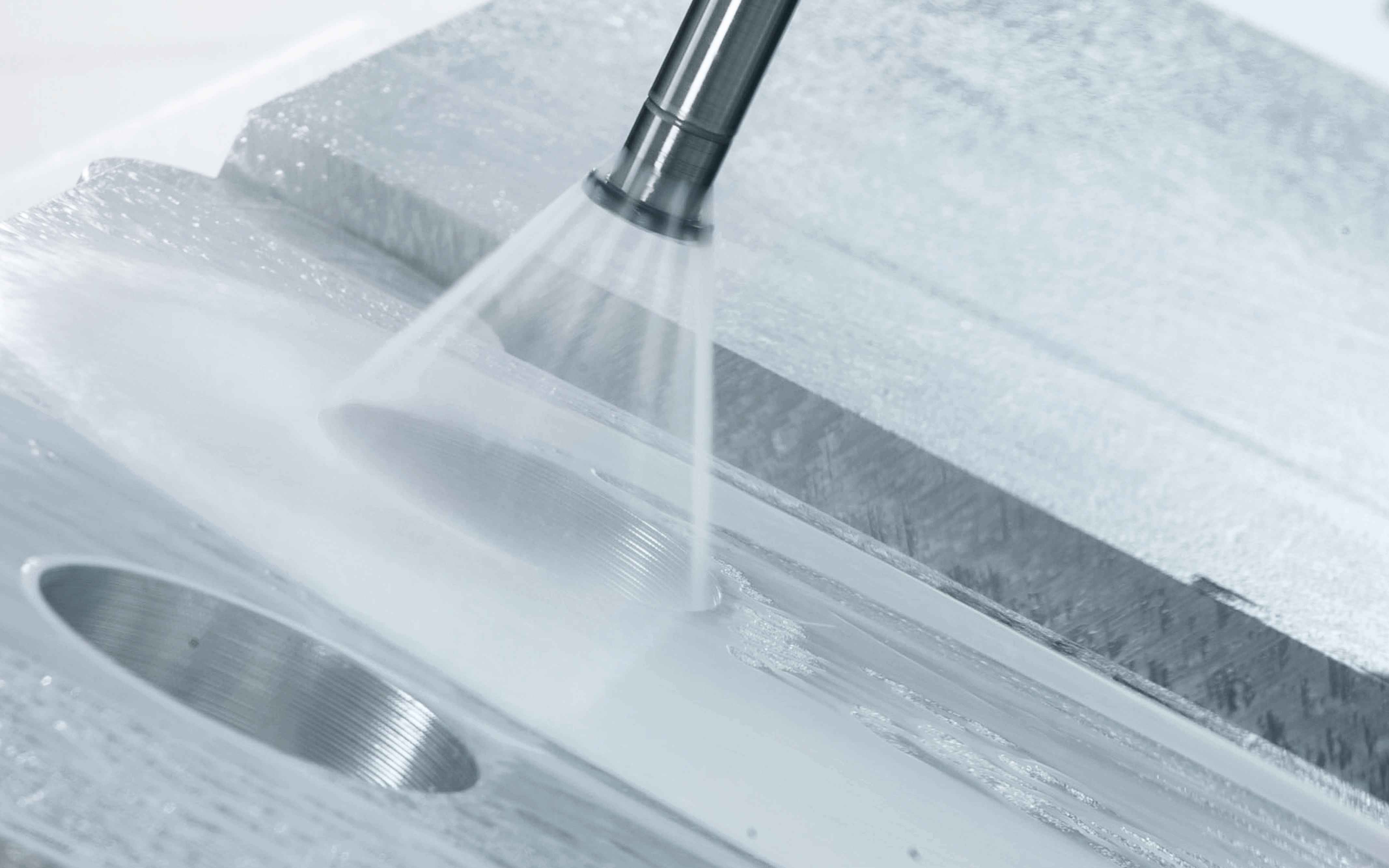3D printing is booming, particularly in the aerospace sector. Yet despite this, classic metalworking will still be a key process in the next few years. After all, finishing with micrometer precision and careful refinement of components remain important.
The name “Catalyst” does not sound particularly spectacular for a turbopropeller turbine. However, things get somewhat more exciting when taking a second look, as the name says it all. Not only will the unit from US manufacturer GE Aviation be used in small aircraft, it also represents an engineering achievement that is likely to set a precedent. This is because the turbine comprises just 12 components, all of which are produced using 3D printing. According to GE, turbines of this kind that are produced using conventional manufacturing processes currently comprise 855 individual parts. The total weight of the “Catalyst” is around five percent lower, while fuel consumption is improved by up to 20 percent. It should therefore come as no surprise that the GE unit delivers excellent performance on the test rig and is set to be used in initial test flights soon.
In no other industrial sector is 3D printing as important as in the aerospace sector, which covers almost a fifth of the global market. The key reason behind this is production of “low quantities”. By way of comparison, some 80 million passenger cars were produced worldwide in 2018, while just 1,600 aircraft rolled off the production lines at the two most important manufacturers of commercial aircraft, Boeing and Airbus. Aircraft are large and complex, so they are intentionally produced with great care, which takes time. This allows the comparably slow process of 3D printing to demonstrate its strengths – for small parts, yet increasingly also for large, complex components.
The newcomer is coming of age
3D printing uses raw metals such as steel, titanium, or aluminum – typically in powdered form or as metal wire – to create a part from the ground up. Lasers are used to melt the powder and then apply it layer by layer based on previously defined CAD data until the desired shape is created. The process allows not only complex geometries to be produced, as in the case with the “Catalyst” turbine, but also for multifunctional parts to be designed. As in the past every part only had one function, this is one of the most impressive and disruptive features of 3D printing. Various production steps that are necessary in traditional metalworking are then no longer needed, and only a comparably small amount of the sometimes expensive raw material is required.
These benefits are helping 3D printing gradually gain a foothold in industrial production. According to market research firm IDC, investments in the technology grew by an impressive 24.1 percent per year between 2015 and 2020. Based on forecasts provided by consulting firm PwC Strategy, the worldwide market for 3D printed products and technologies in industry is likely to grow by between 13 and 23 percent per year up to 2030. The total market volume could then reach EUR 22.6 billion.
However, these predictions also raise questions as to how radical, fast, and fundamental the change brought about by 3D printing is likely to be. Will it really change all traditional production procedures used for metal components? Which processes and process steps will still be needed in future and which will not? How will this influence the added value chain and the roles of the companies involved?
“Extended use of 3D printing in the aerospace industry does not mean the end of metalworking.”

Not everything will change
“Extended use of 3D printing in the aerospace industry does not mean the end of metalworking,” forecasts Mark Howe, Head of Global Product Management Metalworking Lubricants at FUCHS. “We will still need metalworking fluids in future.” Until now, downstream suppliers and their subcontractors have generally provided the OEMs and major suppliers with almost fully finished metal parts, who then install these in their aircraft. “However, use of 3D printing means that a large proportion of this ‚rough machining‘ will disappear in future,” comments Howe. “In return, the key players will produce more and more parts themselves using 3D printing processes. However, these will still need to be optimized for assembly.”
Although 3D printing is gaining market shares and can be used to produce increasingly complex parts – it cannot provide finishing with micrometer precision, including any surface finishing necessary. “This precision work almost always requires milling, reaming, drilling, and grinding – all of which must be done to very tight tolerances,” explains Howe. “The metal parts must be machined very precisely and fit perfectly, especially in the aviation industry with its extremely strict quality standards.”
“Cooling lubricants have a solid future in the field of metalworking.”
In future, more and more of these finishing processes will take place at the OEMs and their major suppliers. “Everything points toward these activities actually intensifying in the course of the upcoming increases in production as a way of meeting demand,” comments Mark Howe. This demand is also not to be underestimated, as orders for a total of 13,000 commercial aircraft have already been placed worldwide. At current production rates, this would require around eight years, and the annual growth rate in the manufacture of commercial aircraft is at 4.5 percent. These are facts and figures that give the FUCHS manager reason to be optimistic: “Cooling lubricants have a solid future in the field of metalworking.”
4.5%is the annual growth rate in the production of commercial aircraft.


